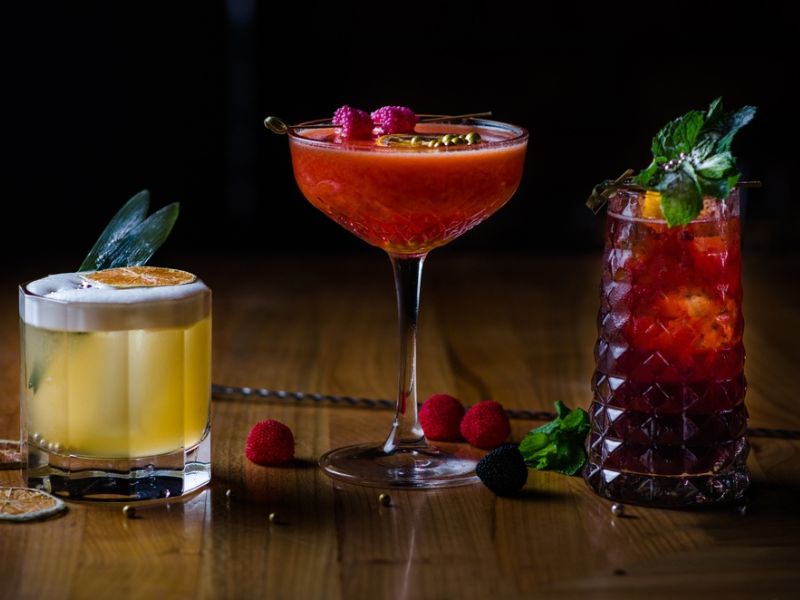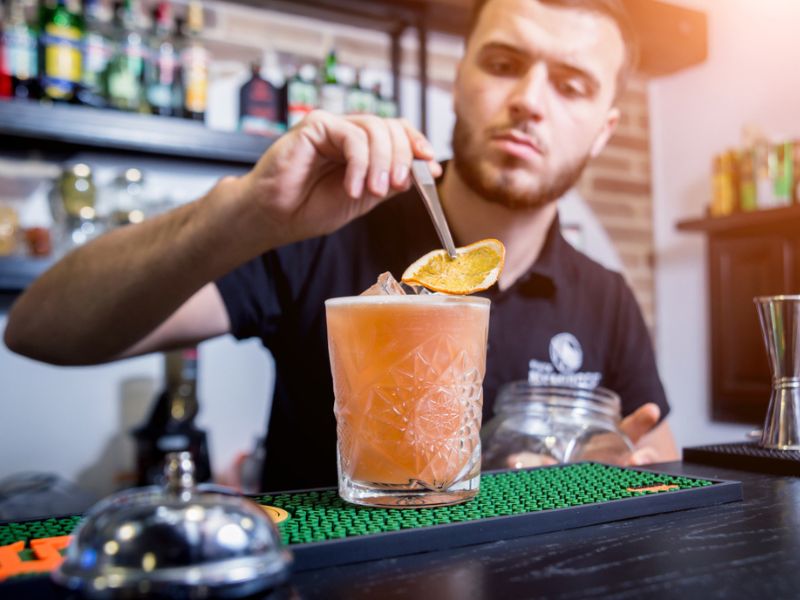There is a renaissance in nonalcoholic beer. The trend of booze-free cocktails is on the rise. A little delay has been experienced by the sober-curious crowd when it comes to wine, that rare libation.
Dawn Maire, the founder of nonalcoholic Starla Wines, said there is a lot of bias against nonalcoholic wines by wine purists. She said, “There’s been a lot of work involved in making good-tasting zero-proof wine.”

Image Credit: Shutterstock/Sokorevaphoto
There is a growing interest in drinks that taste and feel grown up but aren’t boozy, thanks to technological improvements for “de-alcoholizing” wine.
The sales of nonalcoholic wine, beer, cider, and spirits in the United States grew by more than 20 percent from August 2021 to August 2022, according to NielsenIQ. Research firm Fact.MR projects that nonalcoholic wine sales will double by 2033 as people try to cut back on alcohol consumption and manufacturers improve the taste and branding to make it look premium and high-end.
Kelly believes nonalcoholic beverages will not go away, and it’s not a fad. Every beverage company I’ve talked to is either in this category or actively developing nonalcoholic drinks.”

Image Credit: Shutterstock/Roman Zaiets
As a nonalcoholic beverage, beer has dominated the sales, partly because it was the first to follow the trend and partly because beer has lower alcohol, to begin with, so it’s easier to remove. Cocktails made without alcohol followed, with some of the country’s best mixologists joining the trend and “dry bars” popping up in nightlife hotspots.
It has been more challenging to sell alcohol-free wine. It’s hard to hide in a way. There is carbonation in beer, as well as a foamy head. There are all kinds of bells and whistles you can add to a cocktail: olives! Cherries! Juices! even frilly little paper umbrellas! Swirling, sniffing, and examining a wine’s legs as it sloshes down the sides of the glass is ritual wine enthusiasts enjoy.